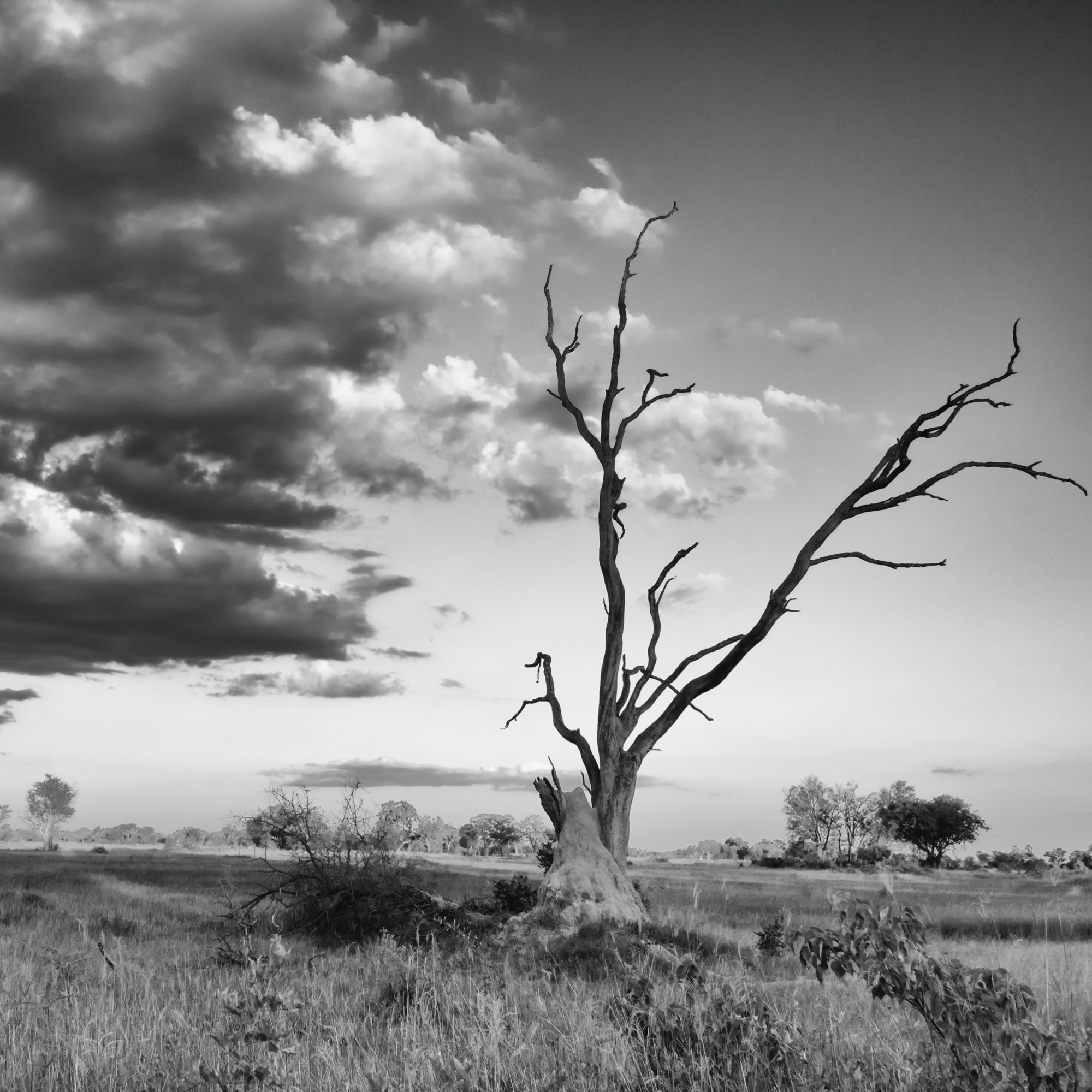


2018-11-26: Monochrome Monday
Wishing everyone a wonderful week ahead!



2018-11-14: Wordless Wednesday



2018-11-12: Monochrome Monday
Whilst in Namibia on my last visit, I travelled for a couple of days in the Etosha area. Being in the park itself is quite different to being on a private reserve, since there is no off-road driving allowed, but there was still a lot of great game viewing when driving around the park.
We were fortunate to come across a group of 3 young lion brothers, likely ejected from their pride within the past few months, as they had gotten to the age where they needed to be on their own. They still had the energy and playfulness of cubs though, chasing each other around a water hole. We were even more fortunate to be the only vehicle to being viewing these lions for the majority of the time that we spent with them, allowing us to get in a great position to watch them going about their day.





2018-10-31: Wordless Wednesday

2018-10-29: Monochrome Monday
I met a friend for a tea and a visit last week, and as she also feels a connection to elephants, I started telling her about the elephant encounter I had on the last day of my last safari trip. Since I still had a few flagged images from that sighting that I wanted to edit, I thought they’d make a great post for today.
I posted a bit of the story of these elephants before, which you can check out here if you’d like, along with a couple more images.
I hope you enjoy my selection of images, and hope you have a wonderful week ahead.




2018-10-24: Wordless Wednesday

2018-10-22: Monochrome Monday
My very favourite reason to slow down while out for a drive 🙂

2018-10-17: Wordless Wednesday

2018-10-15: Monochrome Monday
A heavily pregnant zebra pauses for a photo op in Etosha National Park.






